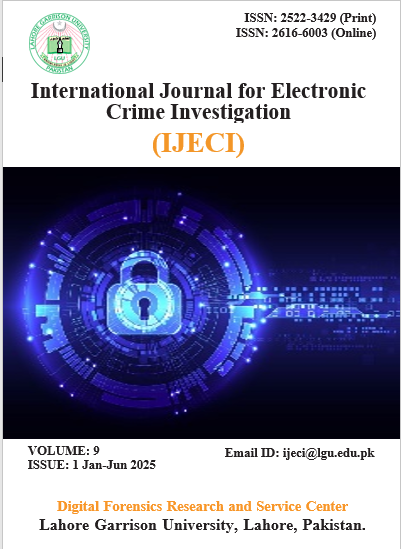Bridging Gaps in Active Directory Security: Threat Landscape, Limitations, and Future-Proof Solutions
Abstract
Although Windows Active Directory (AD) is the foundation of organizational identity and access management, cyberattacks frequently target it because of its widespread use. Four main categories are used in this paper to analyze important AD vulnerabilities from 2021–2024: (3) protocol flaws (NTLM relay, LDAP injection), (2) permissions and group policy errors, (3) credential-based attacks (e.g., pass-the-hash, Kerberoasting), and (4) sophisticated persistence strategies like DCShadow assaults. Over 90% of organizational breaches take advantage of AD vulnerabilities, according to findings, frequently for privilege escalation and lateral movement. Evaluations of existing mitigations show that they are only partially effective. These include least privilege enforcement, multi-factor authentication (MFA), and AI-driven anomaly detection. The most resilient approach, however, is a multi-layered protection that incorporates automatic configuration hardening, continuous monitoring, and Zero Trust principles.
Behavioral Anomaly Detection (BADS), Adaptive Authentication Gateway (AAG), and Continuous Configuration Validation (CCV) are three new components of the integrated architecture that the study proposes by synthesizing findings from 35 peer-reviewed papers. Important suggestions include machine learning-enhanced threat detection, regular AD audits, enforced MFA, and the deprecation of NTLM. The research bridges the gap between theoretical protections and real-world deployment issues by providing IT teams with realistic solutions to reduce existing and emerging AD threats. Businesses may drastically lower risk in a changing threat environment by implementing these strategies.

